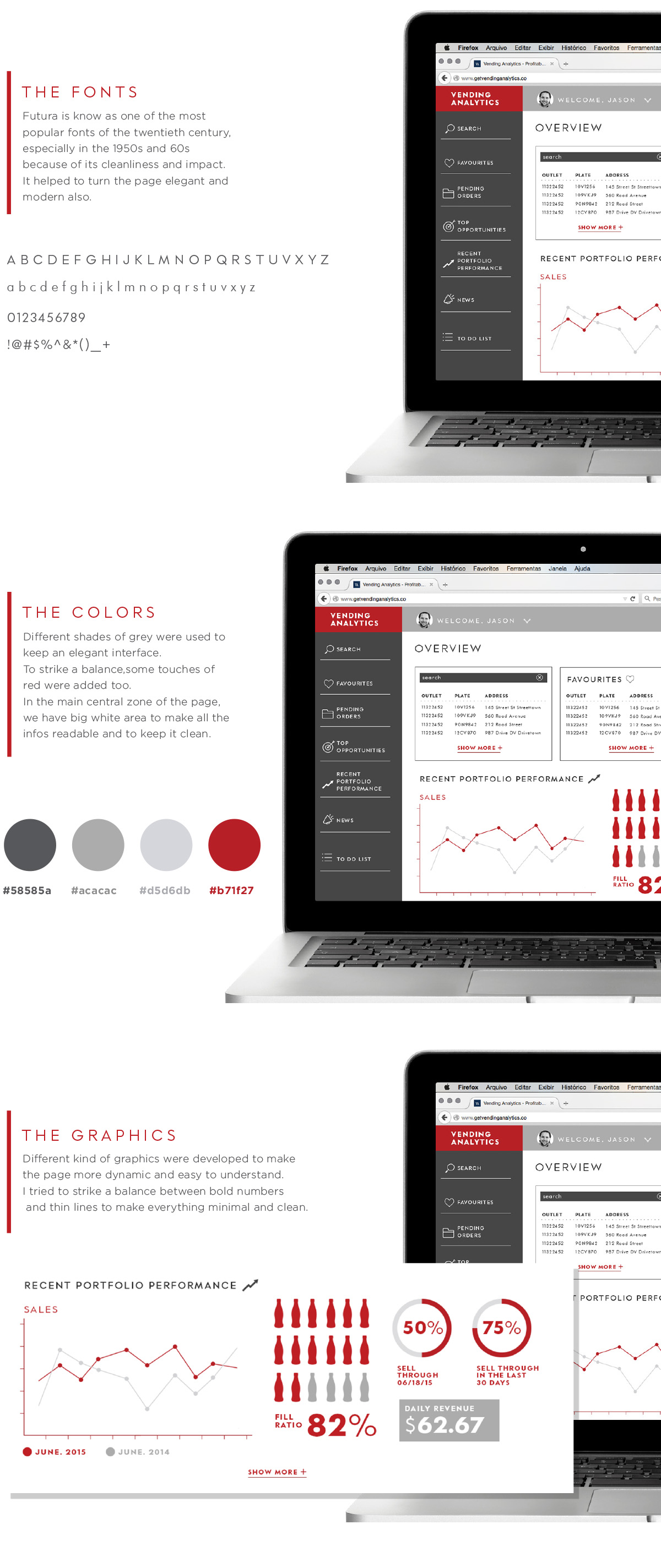ideation
We focused on Lilly’s customer journey that starts when she makes the appointment for her 9 o’clock meeting in Brussels. On the day of the meeting she uses Waze to travel to her destination by car and tries to find a parking space near the meeting location. The city is so crowded that it is very difficult for Lilly to find an open parking spot. Time is running out which is causing a lot of stress for being late. Eventually, after driving around several blocks, she finds a spot, quickly pays for it via the 4411 app and walks to the final location where her client has already been waiting for 15 minutes. Lilly arrived at 9h15.
One of Lilly’s problems in the journey above is indeed not finding a parking space. However, we felt like this struggle was not Lilly’s main concern. Her primary goal is to be on time for her meeting and the inability to find a parking space is a pain point that causes her a lot of stress for being late. Therefore we decided to focus on the ‘job to be done’, being on time, rather than finding a parking spot: “How might we help Lilly be on time for her meeting without any stress?
After a quick brainstorm, we came up with the idea of the “NeverLate App”. A solution that focuses on three pillars: departure, route and arrival. The NeverLate App would be Lilly’s personal assistant. The idea is to link the app to her agenda, Waze account, location and alarm clock. Using big data analytics, Lilly is woken up by the NeverLate App at exactly the right time to be able to arrive on time for her meeting in Brussels. It takes into account the traffic using Waze and the time Lilly needs to get ready in the morning. Additionally, the app enables Lilly to search, select, reserve and pay for a parking spot near destination in order to save time after her route.










